Explore These Top 5 Western Iowa’s Scenic Byways
08-02-2021
Have you ever been driving along in Iowa and passed a sign that says "Scenic Byway" and wondered where it would take you? The state has many different and awe-inspiring roads that cover hundreds of miles of amazing scenic views. There is more to Iowa than meets the eye. Now is the perfect time to get in your vehicle and explore this wonderful state. Here are five scenic byways in western Iowa that you won't want to miss.
Loess Hills Scenic Byway
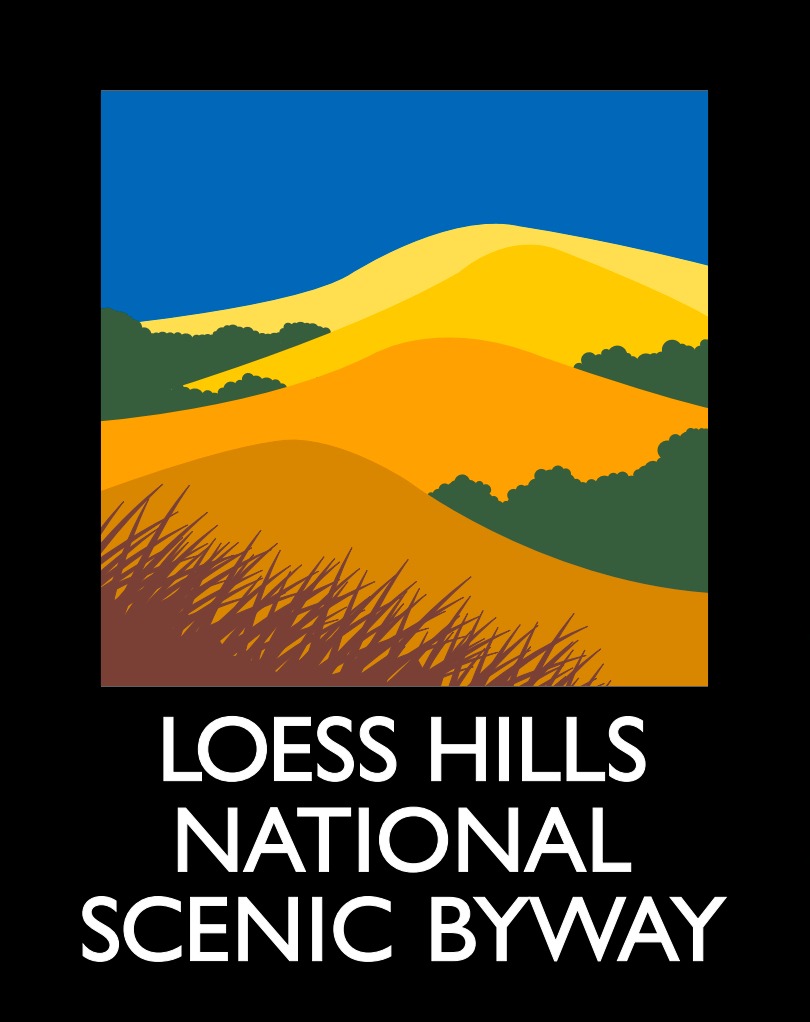
Nearly spanning the entirety of the western part of Iowa along the Missouri River is one of the state's most fascinating landforms: the Loess Hills. Around 200 miles long and 15 miles wide, the Loess Hills are a rare hill formation resulting from very fine, windblown soil from the end of the last ice age. The only other place on the planet where these wind-deposited hills exist is in Shaanxi, China.
You can explore this rare natural wonder by traveling along the Loess Hills National Scenic Byway. With a 220-mile paved route and–if you're feeling adventurous–an additional 185 miles of highways and gravel road, you can get in your car and easily find panoramic views of breathtaking hills that snake across the horizon. This area contains the most extensive remaining prairies in the state and has countless parks and scenic viewing areas.
Western Skies Scenic Byway
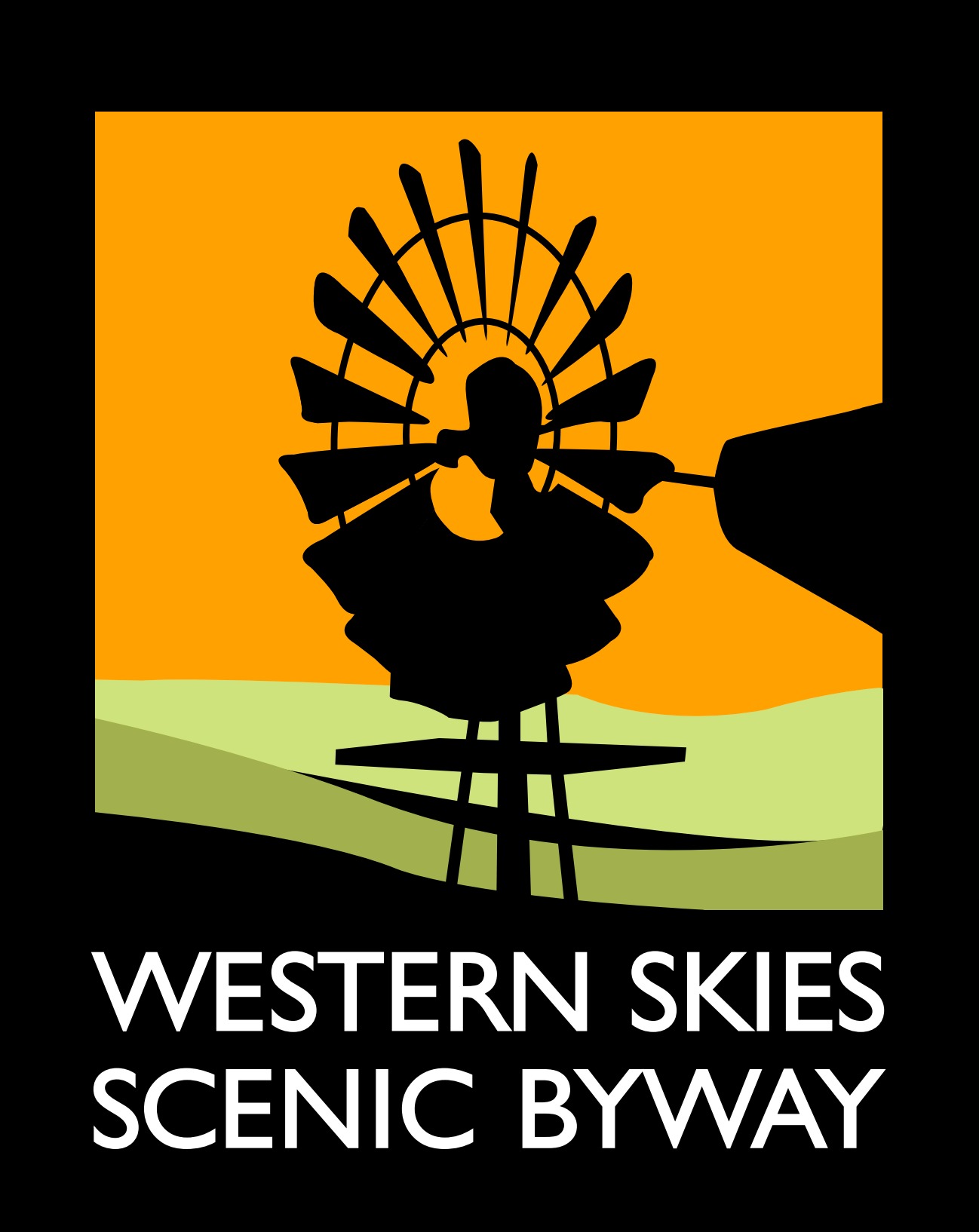
The Western Skies Scenic Byway spans a 142-mile stretch of western Iowa that runs parallel to Interstate 80. Taking drivers through big-sky views, rolling hills, rich cultural history, and the region's infamous past, this route has a number of stops along the way that are bound to broaden your own horizons about Iowa.
If you make your first stop in the Western Skies journey in the town of Stuart, be sure to pull over at the old First National Bank downtown. Back in 1934, this historic bank was robbed by the notorious outlaws Bonnie Parker and Clyde Barrow. This town was where the couple staged their last bank robbery before being ambushed by police in Louisiana one month later.
Another place worth traveling to that is a little off the main route is Whiterock Conservancy, just north of the Western Skies Scenic Byway in Coon Rapids, Iowa. The conservancy boasts 5,500 acres of native prairies, hiking trails, horseback riding trails, and more. This expansive conservation and recreational place is home to Iowa's darkest skies, perfect for stargazing.
Drivers can experience some of the vibrant Danish heritage in communities along this route. The Danish villages of Elk Horn and Kimballtown are some of the largest rural Danish settlements in the country. In Elk Horn, you will find the only working Danish windmill in America as well as other buildings donned with Danish-inspired architecture and the Museum of Danish America.
Ending your journey in Missouri Valley, we encourage you to pay a visit to DeSoto National Wildlife Refuge. Located along the banks of the Missouri River, this 8,300-acre refuge preserves tall grass prairie and wetlands that are essential to wildlife in the area. Along with being a home for 30 different animal species, DeSoto is a major stopover for migratory birds each year.
Glacial Trail Scenic Byway
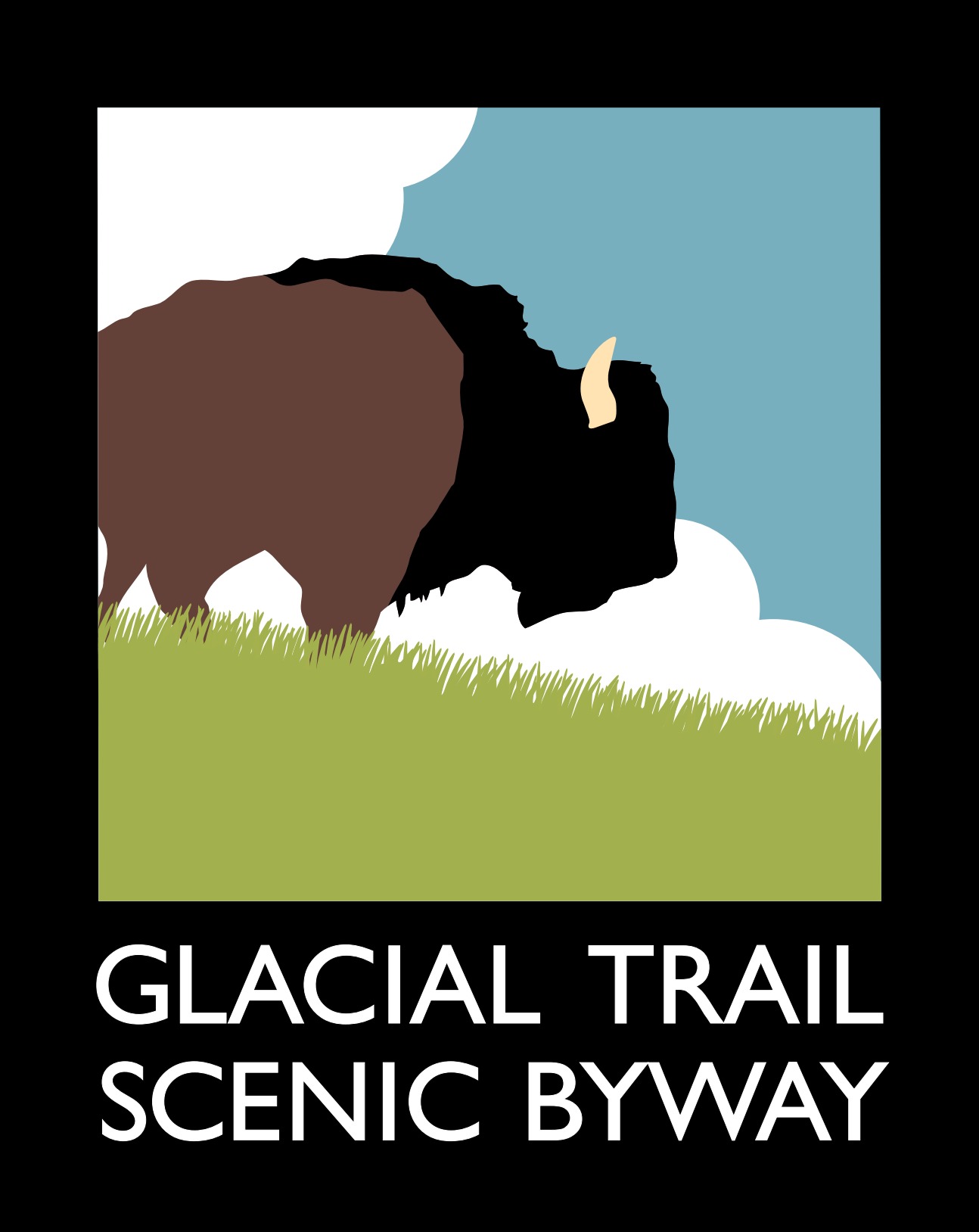
Nestled in the corners of Clay, O'Brien, Cherokee, and Buena Vista Counties is a 36-mile byway loop through some of northwest Iowa's most dynamic landscapes. The trail takes you through rolling hills, and winding river bottoms carved out by massive glaciers thousands of years ago. There are plenty of stops along this scenic route where you can discover the state's agricultural roots, Native American history, and glacier-carved landscape.
One place in particular that you can visit and find out more about the rich natural history of this area is the Prairie Heritage Center near Peterson, Iowa. You can learn about the glaciers that formed the landscape in the area and how this natural force led to Iowa's vibrant agricultural history.
With several parks and wildlife areas, recreation and nature lovers alike will experience restored prairies and wildlife that are unique to this four-county area. While the Glacial Tail Scenic Byway may be off the beaten track, getting out there and seeing this natural wonder makes this scenic route a must-see.
White Pole Scenic Byway
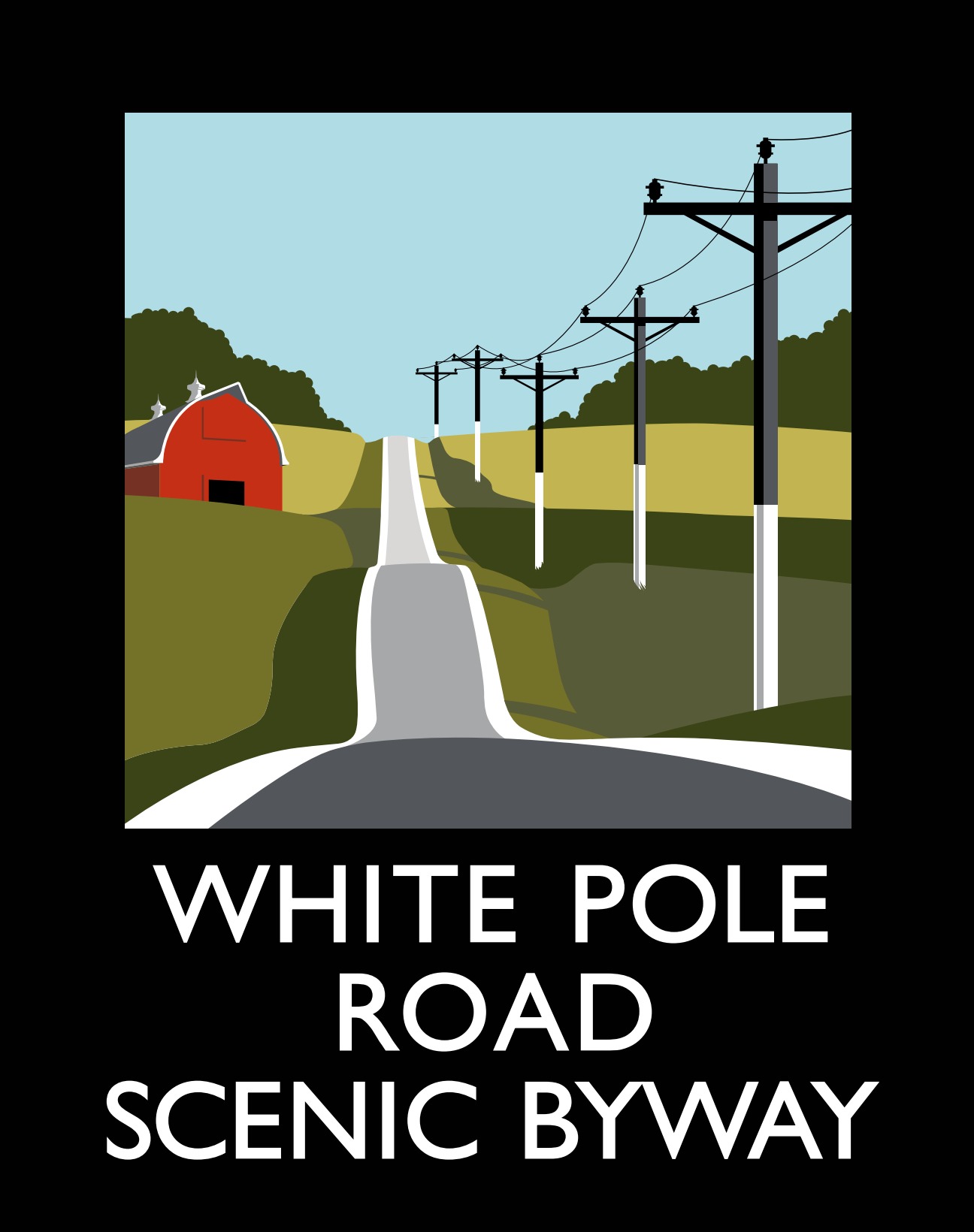
While traveling along the I-80 corridor west of Des Moines, you may see a sign that says "White Pole Scenic Byway." Those deciding to travel on this 26-mile long oddly named byway will notice something a bit out of the ordinary, countless white-painted telephone poles along the road. Even though this may seem like some zany art installation or local attraction gimmick, the story of these white markers that connect the towns of Adair, Casey, Menlo, Stuart, and Dexter is deeply routed in Iowa's early road history.
At the turn of the 20th Century, Iowa's roads were in a very poor state. With little to no paved routes, the state's numerous dirt roads were infamous for being difficult to travel through, especially during times of rain or snow. This notoriety lead to Iowa being called "The Gumbo State" due to the thick gumbo-like mud that could slow down commerce and strand travels on the road for hours or even days during inclement weather.
In an effort to change Iowa's roads and meet the needs of the automobile boom, the Good Roads Convention was established by Governor Carroll. What came out of that convention was the first certified route in Iowa. This route stretched from Davenport to Council Bluffs. To help travelers know they're on the right route, roadside telephone poles were painted white to guide the way. Dubbed "The Great White Way," this road promised a shorter, faster, and more reliable way across the state, with a town every 5-6 miles along the way. This road eventually was linked to U.S. Highway 6, connecting the country from coast to coast.
With the advent of the U.S. Interstate in the 1960s and the completion of I-80 across Iowa, the road was re-designated, and oversight was given back to the local counties. In 2002, the road was renamed the "White Pole Road," and the telephone poles were once again painted white.
So, the next time you're driving on I-80, consider making a slight detour to experience a small piece of Iowa transportation history.
Lincoln Highway Heritage Byway
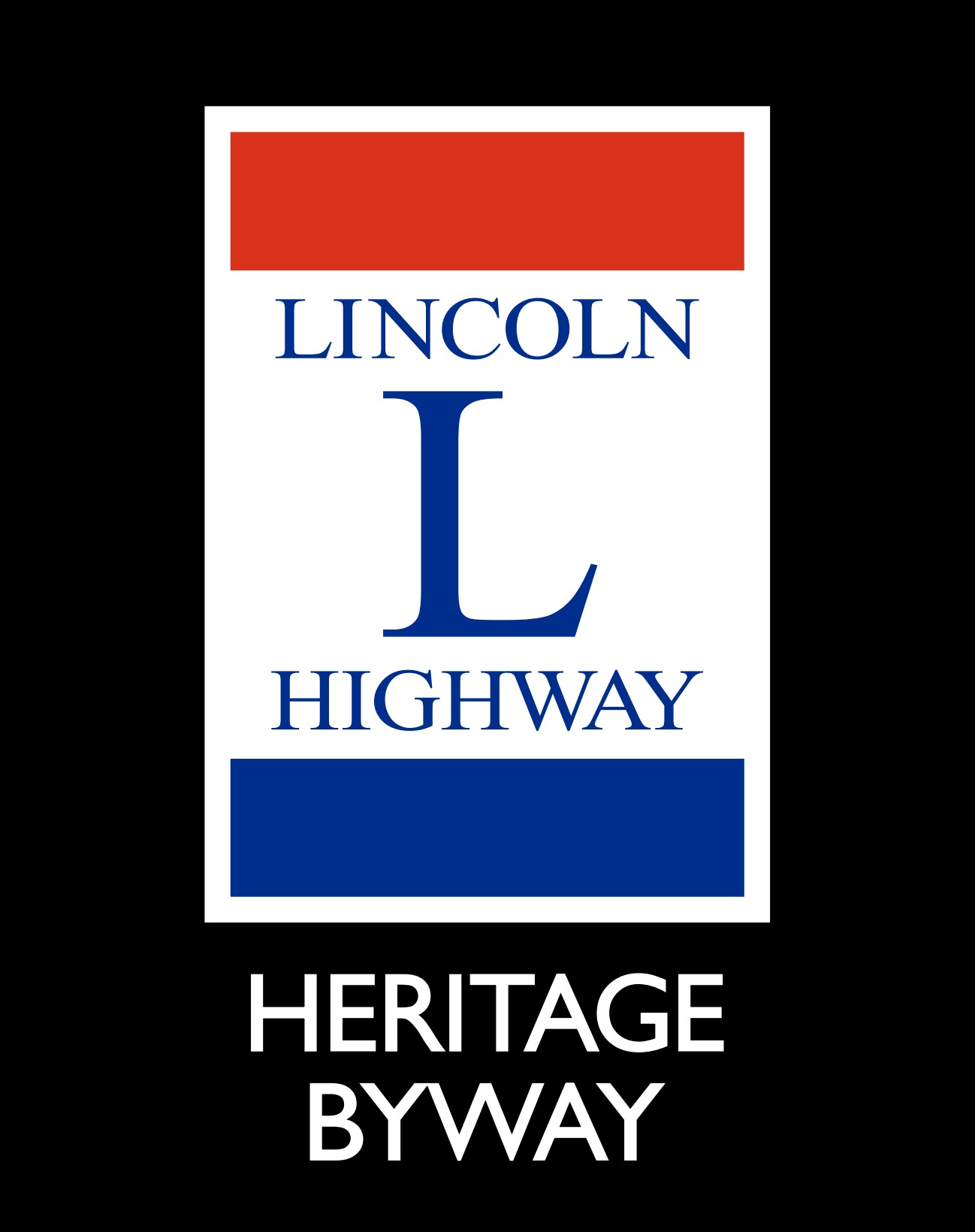
Another important piece of automotive history that runs through Iowa is the Lincoln Highway, America's earliest transcontinental highway. This route was established in 1913, spanning from New York to San Francisco. The highway was named in honor of President Abraham Lincoln. Today, you can travel along the majority of the original road here in Iowa by following the Lincoln Highway Heritage Byway.
Totaling 460 miles, the byway can take you from the wind-sculpted Loess Hills along the Missouri River, through the expansive plains and river valleys of central Iowa, and to the steep bluffs of the Mississippi River. On your car trip through this byway, you'll find historical bridges, signs, original 1928 Lincoln Highway markers, Burma-Shave signs, and Lincoln Highway folk art around every corner.
While on the Lincoln Highway, be on the lookout for the city of Denison. That's where you'll find Team Chrysler Dodge Jeep Ram and Team Ford Lincoln, your premier auto dealer in the midwest. Feel free to stop in test drive the latest and greatest vehicle models and continue your journey across the great state of Iowa.